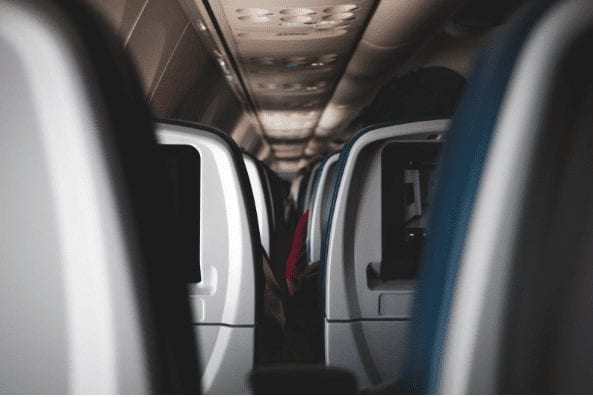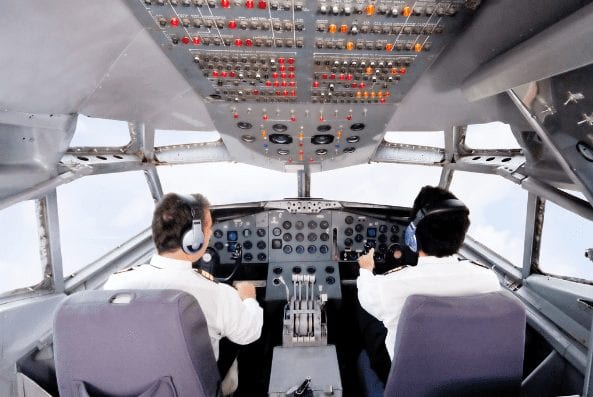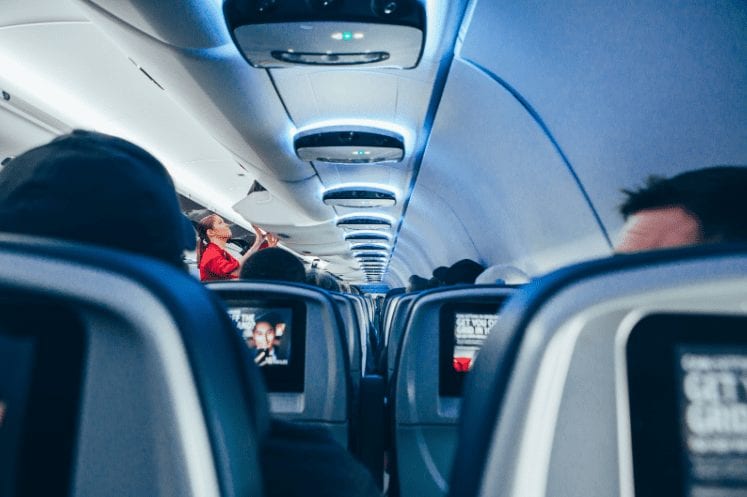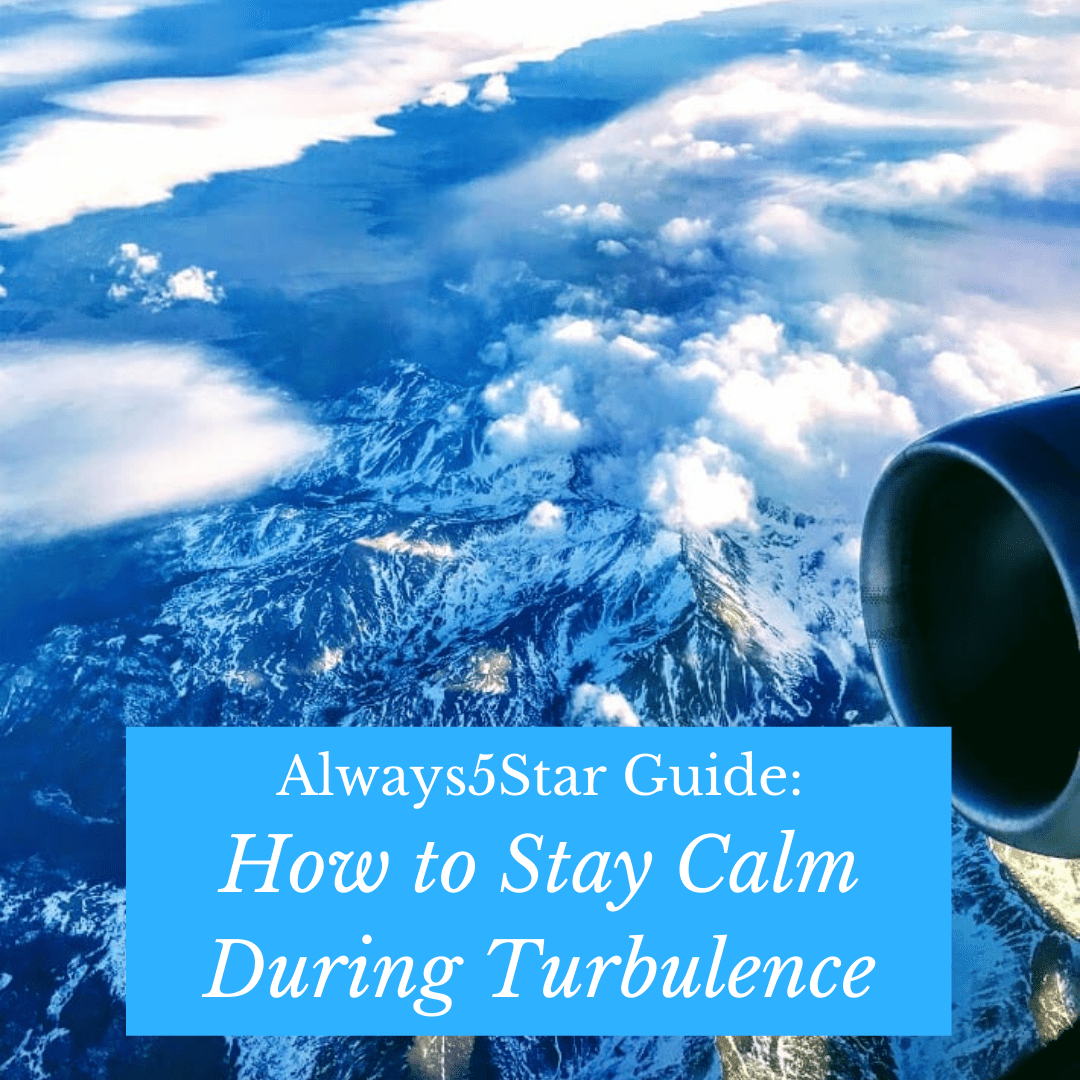If you have ever flown then chances are you’ve experienced the dreaded, unexpected shakes known as turbulence. And if you are the least bit anxious about flying, then chances are that turbulence is one of the most, if not the most, unnerving part of the flying for you.
Being anxious about turbulence makes total sense.

Why?
Because If you experience similar sensations in any other situation, chances are something is terribly wrong.
Imagine you’re driving and all of a sudden you feel as if the car is being violently thrown around unexpectedly. Or if you’re sitting on the couch at home watching TV, and the ground starts shaking forcefully. In both cases, you could be in serious trouble.
My point is – sudden shakes usually are a signal for catastrophe, no matter where you are. And in a way, it would be odd if turbulence didn’t make you nervous.
Turbulence is extremely uncomfortable, but is it really as bad as we think? Let’s have a look…

Is Turbulence Dangerous?
It’s true that turbulence can cause injury if you’re not wearing your seatbelt as things can get shuffled around inside of the plane. However, the chances of severe turbulence that could cause injury are extremely low. And even in the worst cases, it’s the movement of objects within the interior of the plane that is the problem.
Turbulence is NOT dangerous to the operation of the aircraft. In other words, turbulence does not cause planes to crash.
Because it is such a non-safety issue, many pilots don’t understand passengers’ fear of turbulence. If it were a real threat, flight crews simply would not show up to work.

In actuality, there have not been any commercial passenger plane accidents due to turbulence in the past 50 years. Year after year, both aviation technology and procedures have become safer to the point that turbulence is simply not a safety issue anymore.
Despite this fact, if you’re a fearful flyer one of your main concerns may be that the engine or the wings may break off causing a crash.
However, planes are engineered to withstand conditions much worse than any possible scenario that you could encounter on a flight.
Below is a video showing how planes are tested to withstand extreme winds and turbulence – You can see for yourself how durable planes are:
Pushing the A350 XWB to the brink:
So what do you do if you’re still afraid of turbulence?
5StarTips🌟 that can help you to stay calm during turbulence:

🌟 Think positive
In the days leading up to your flight, it’s easy to let your anxiety build up. Instead, try to focus on positive thoughts — like all the fun things you’ll do once you get to your destination.
🌟 Don’t rush
Give yourself plenty of time to get to the airport before your flight is scheduled to depart. Rushing to the gate and worrying about missing your flight will only add to your stress.
🌟 Meet the pilot
If there’s time before your flight, ask to meet the pilot of your plane. This helps you feel that you are giving up control to someone who is knowledgeable and competent.
🌟 Avoid caffeine
Caffeine is a stimulant — and that can be bad news for someone who is affected by turbulence. The jittery effects that caffeine has on your body resemble those of a frightening event. Studies have shown that caffeine can make anxiety worse and can even trigger a panic attack.
🌟 Breathe
As anxiety increases, your breathing may get shallow — but deep breathing is an instant stress reliever. Breathe slowly and deeply for a count of 5 or 10.

🌟Final Thoughts
Turbulence is one of the scariest things about flying but understanding that it is not dangerous can help you become more comfortable with it. Next time you’re about to fly, remember that turbulence is a normal part of the flying, just buckle up and enjoy the ride!
Other Always5Star articles by Mary Ann Renner:

If you enjoyed this article, please pin to your Pinterest account! Thank you!
About Pamela Rossi

I am passionate about travel and taking each moment and making it a five star experience. My goal is to create those experiences for YOU!



Comments